It’s a breezy night in the city of Isfahan in Iran. A city square with bazaars on its outskirts fills the scene. The bazaar is crowded with people, some shopping with a goal others just enjoying the atmosphere. Families have set up picnics on the grass and brought with them tea and food. The sound of conversations flows through the lively square. One cannot help but wonder how Iranian students carry the rich tapestry of their cultural heritage from their cities into their high school experiences. In the diverse tapestry of Iranian culture, students have taken the initiative to preserve their heritage and share it with their school community through a variety of clubs.
The Iranian Society and the Persian Club are examples of this commitment to preserving Iranian culture within the school. The Persian Club, for instance, dedicates its efforts to promoting the culture, language, and cuisine of the largest and most prevalent ethnic group in modern Iran. Similarly, the Iranian Society shares the goal of preserving Iranian culture within the school and educating their peers about the history and diverse cultures that make up Iran.
During their inaugural meeting, the Persian Club introduced Salad Olivieh, a cherished Persian dish, to foster unity through food. The Iranian Society, in a parallel effort, enticed Iranian students with music and kabob, creating a multi-sensory experience to preserve culture and build connections within the school community, nurturing a deeper appreciation for Iranian Heritage.
Despite these efforts to foster unity and understanding within the Iranian student body, there are noticeable divides. These divisions often manifest along lines of religious, political, and cultural beliefs. The current political climate has a significant impact on the Iranian student community within the school. Variations in beliefs about Iran’s political future and the broader political landscape can be sources of tension among different Iranian groups. “Certain political topics are very sensitive to certain people.” junior Artin Noori said.
The diverse political ideologies and stances within the Iranian community at the school can sometimes create challenges and disagreements, which can in turn discourage unity and interaction with Iranians at the school.
Religious and political differences and affiliations contribute to a sense of segmentation within the Iranian student community. “Iranians are usually grouped together but never in one group.” Senior Sina Jafari said. This highlights the reality that, despite shared Iranian identity, students may identify more closely with specific cultural or religious subgroups.
The city of Isfahan in Iran is a microcosm of the larger Iranian experience, where diversity and heritage coexist. The efforts of clubs like the Persian Club and the Iranian Society reflect a commitment to preserving Iranian culture within the school and sharing it with others. However, the existence of divisions within the Iranian student community along religious, political, and cultural lines underscores the complexity of maintaining a strong sense of unity while navigating diverse perspectives and beliefs.


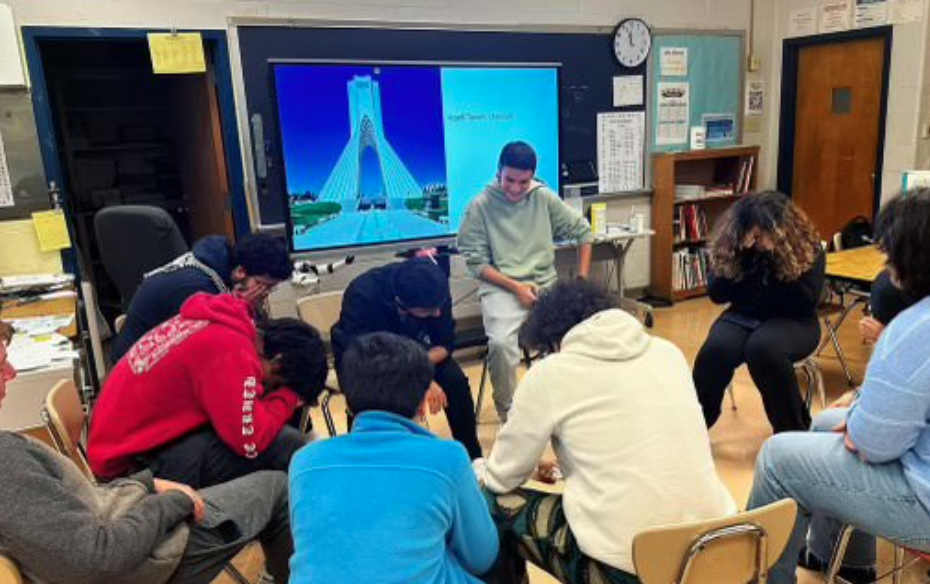
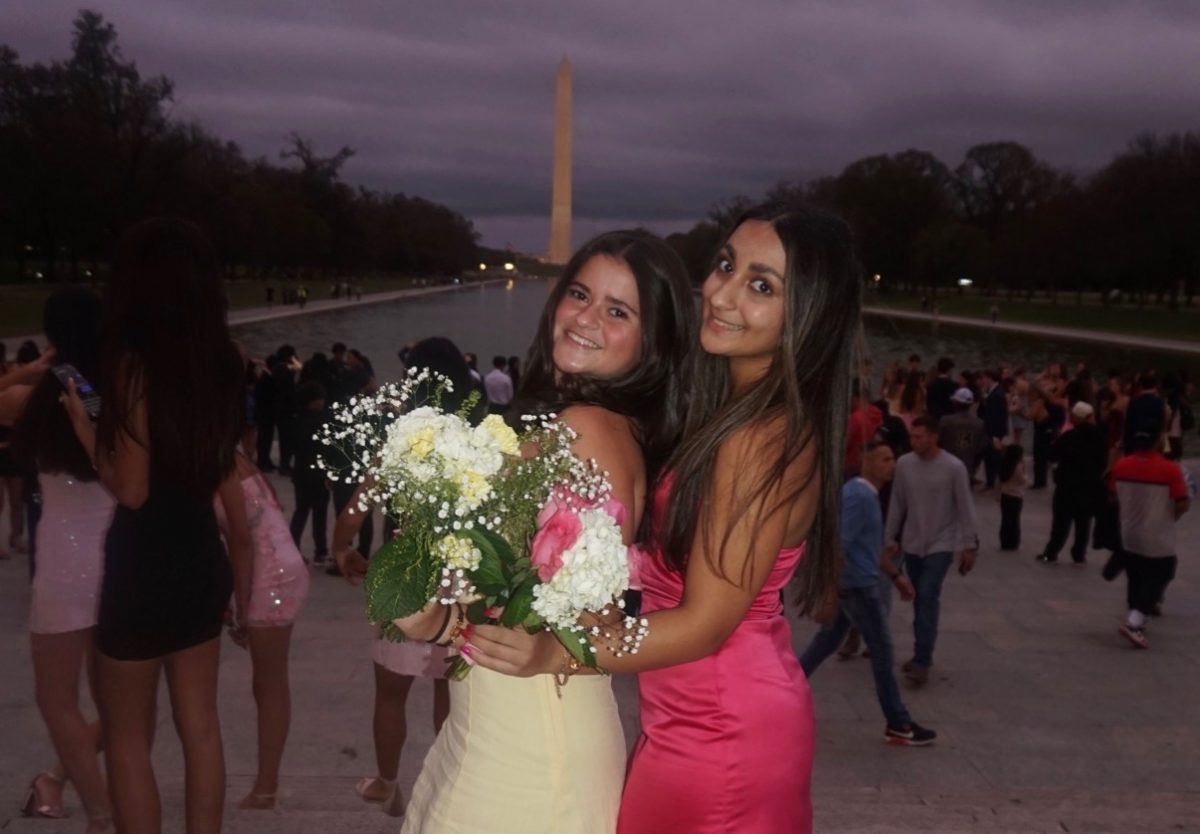
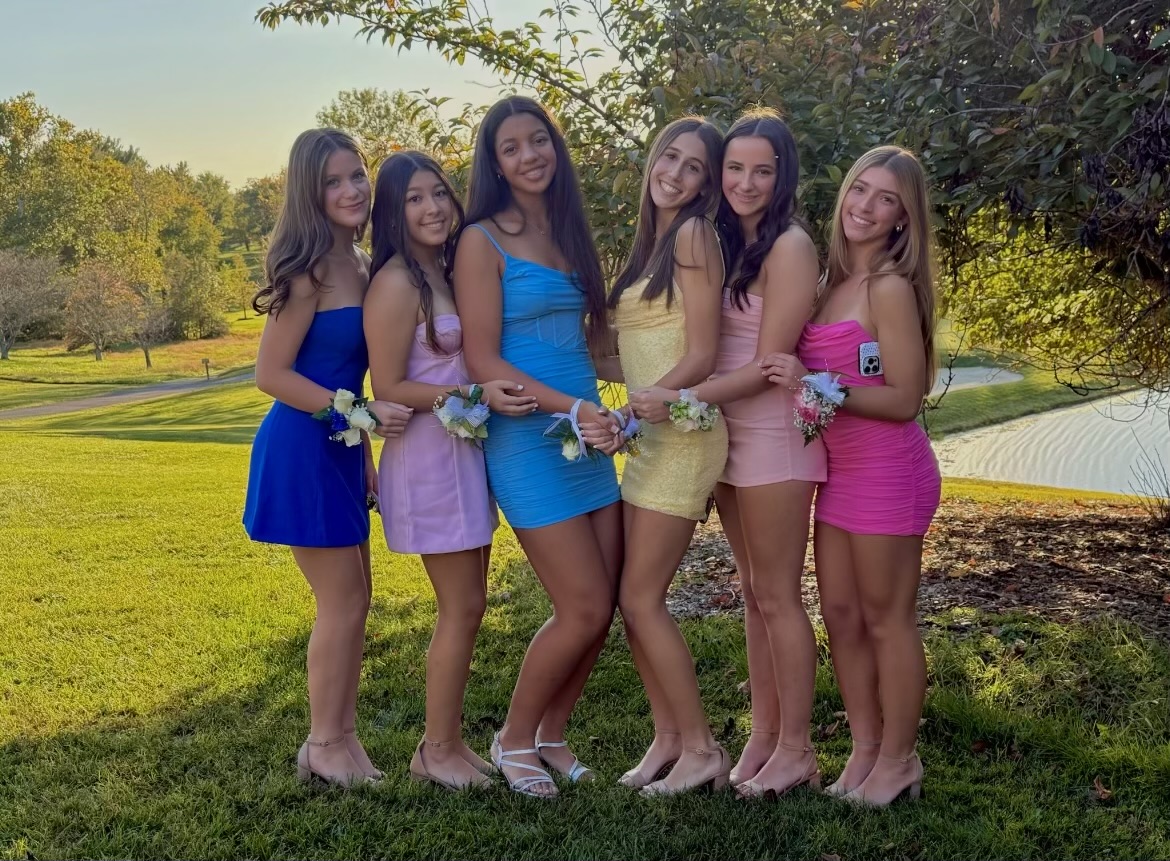
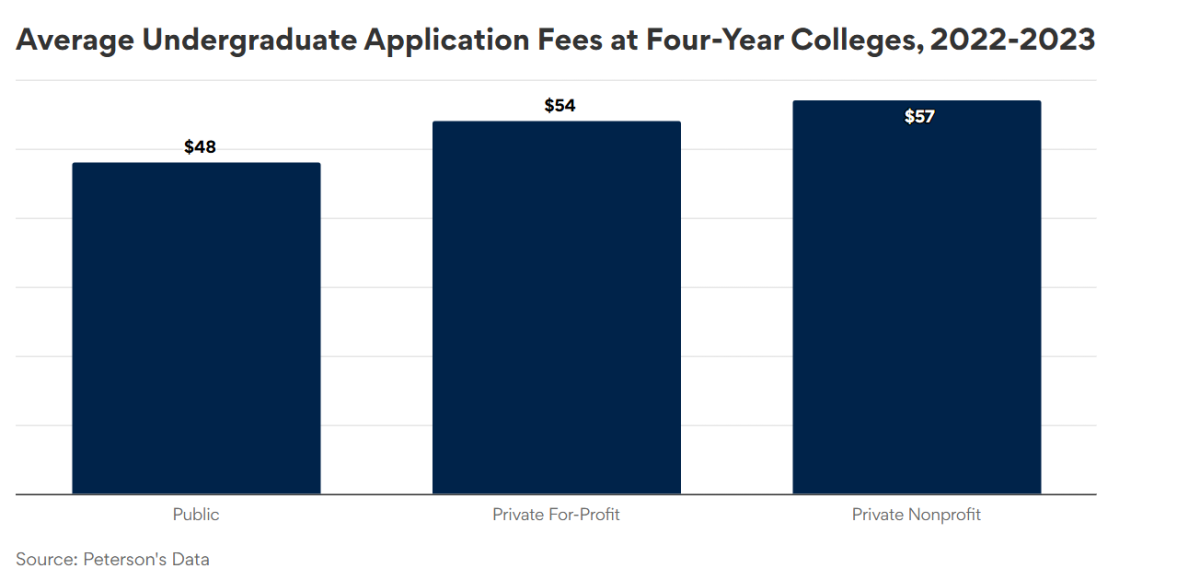
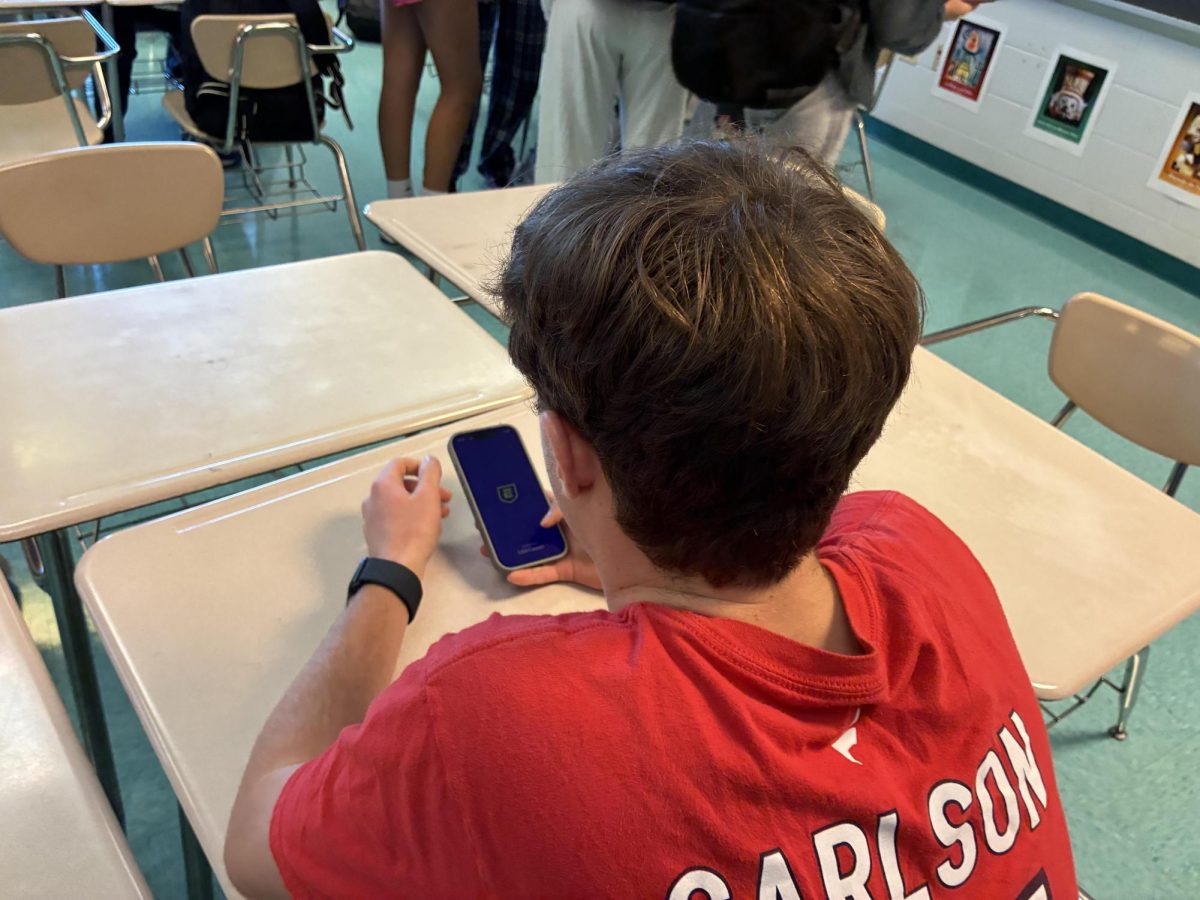
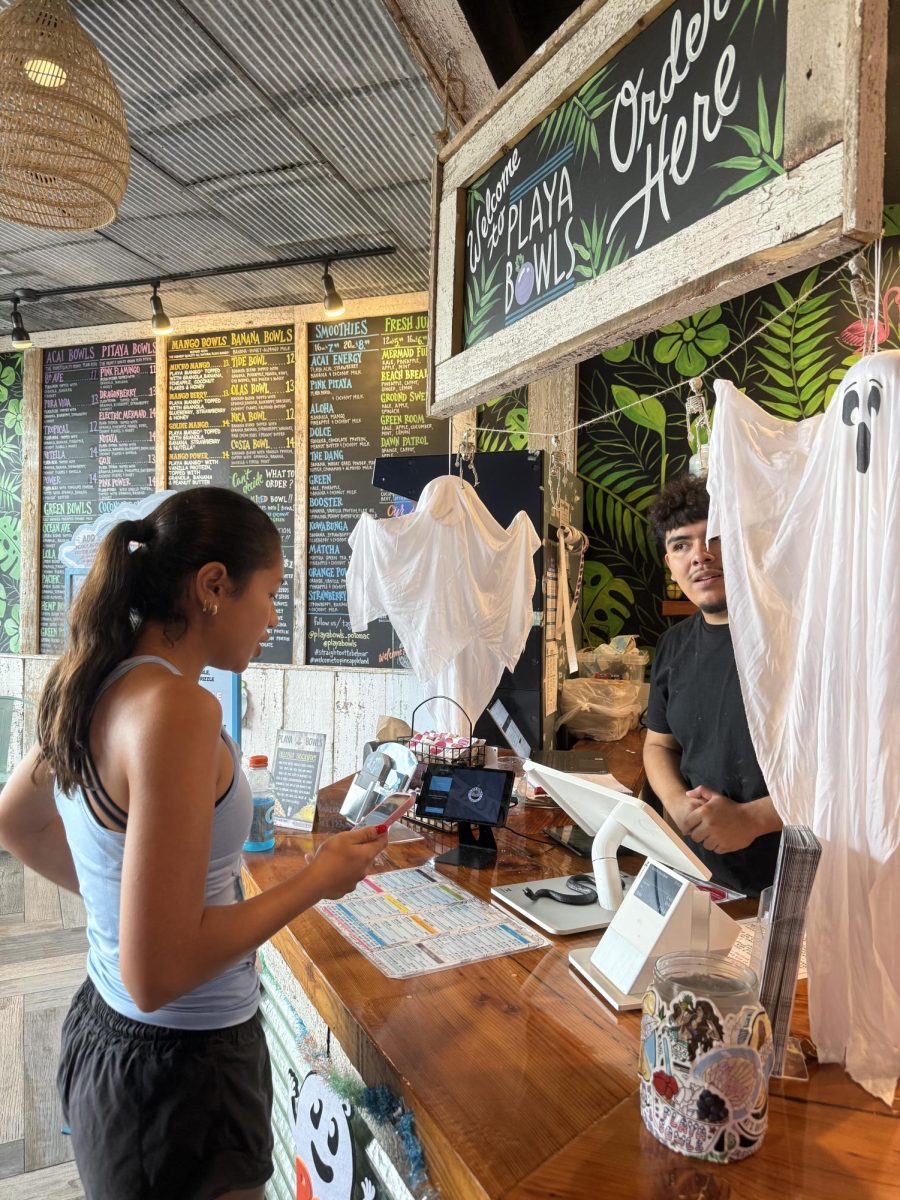
![Editors-in-Chief Ahmed Ibrahim, Helen Manolis, Cameron Cowen, Alex Grainger, Emory Scofield, Hayley Gottesman, Rebekah Buchman and Marley Hoffman create the first print magazine of the year during the October press days. “Only a quarter of the schools in MCPS have programs that are like ours, a thriving, robust program. That makes me really sad. This is not just good for [the student journalists] to be doing this, it’s good for the entire community. What [student journalists] provide to the community is a faith in journalism and that continues for their lifetimes," Starr said.](https://woottoncommonsense.com/wp-content/uploads/2025/10/wmpoFTZkCPiVA3YXA4tnGoSsZ4KmnKYBIfr18p3l-900x1200.jpg)